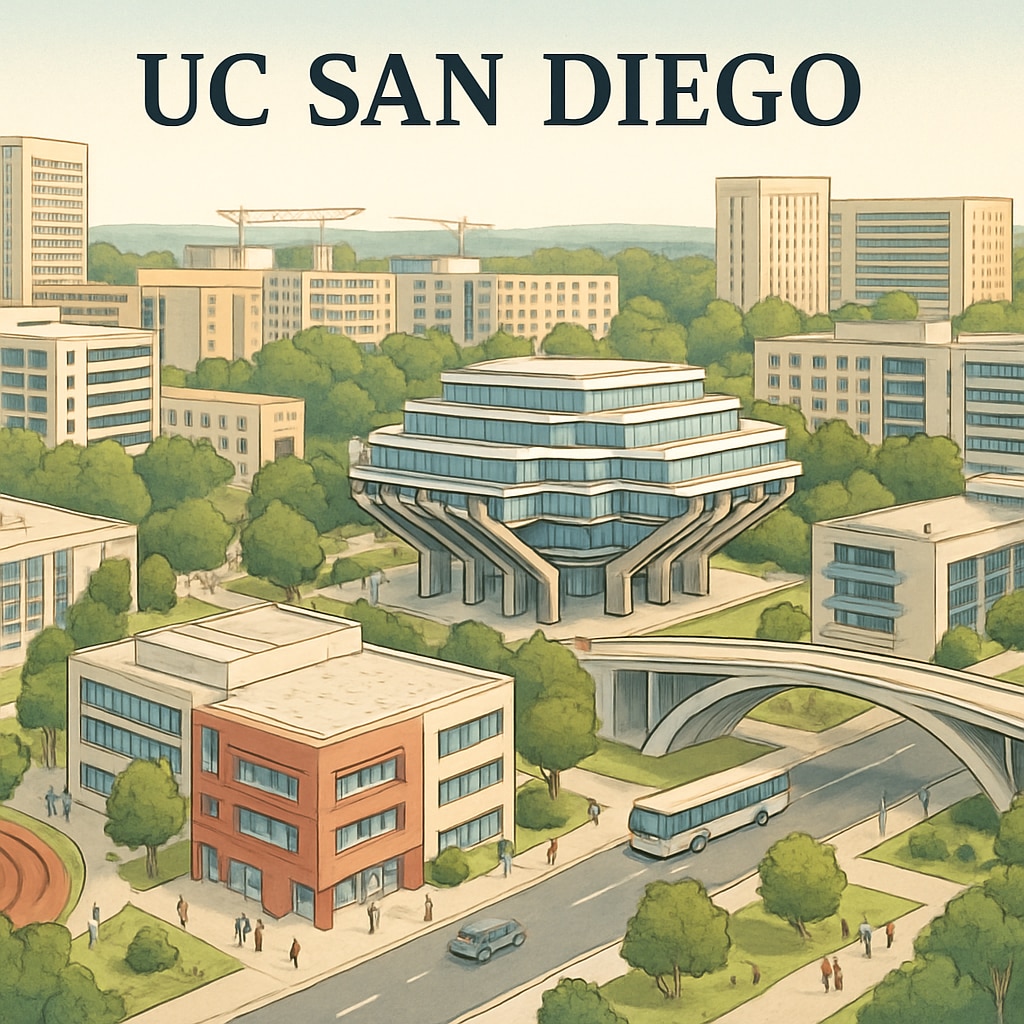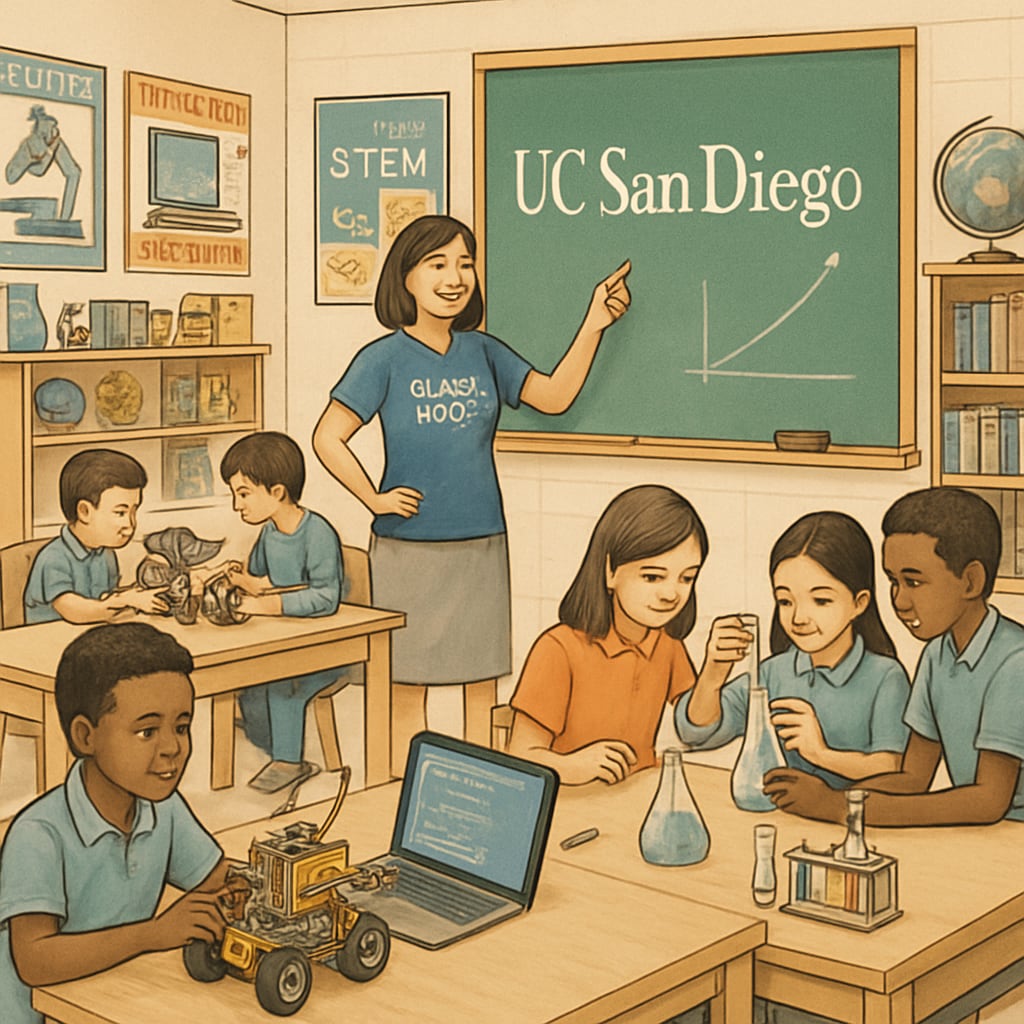UC San Diego’s ambitious expansion plan is set to reshape the future of education. As part of its unprecedented growth strategy, the university aims to increase its student population to 56,000 by 2040. This bold move not only redefines the landscape of higher education but also has profound implications for K-12 education systems. By addressing the growing demand for accessible education and preparing students for the future, UC San Diego’s expansion is a transformative step forward for educators, students, and communities alike.
A Vision for Growth: The Details of UC San Diego’s Enrollment Expansion
UC San Diego’s plan to expand its enrollment represents one of the most significant initiatives in the history of the University of California system. Currently home to approximately 42,000 students, the university is preparing to accommodate an additional 14,000 students over the next two decades. As a result, this growth strategy involves substantial investments in infrastructure, faculty recruitment, and student support services. The goal is to ensure the quality of education remains uncompromised while meeting the increasing demand for higher education opportunities.
In addition, the university has outlined several key objectives for this expansion. These include increasing diversity among its student body, enhancing access to underserved populations, and developing programs that align with emerging industries and global challenges. While these steps signify progress, they also require careful planning and collaboration across educational sectors.

Impacts on K-12 Education: Preparing the Next Generation
UC San Diego’s expansion is not isolated to higher education; its influence extends to K-12 systems across California. By increasing enrollment capacity, the university creates opportunities for a larger pool of K-12 students to aspire toward higher education. As a result, schools may need to adapt their curricula to align more closely with university admission requirements, emphasizing critical thinking, STEM education, and interdisciplinary learning.
Furthermore, the expansion plan encourages partnerships between UC San Diego and local school districts. Initiatives such as dual enrollment programs, teacher training workshops, and outreach efforts aim to bridge the gap between K-12 and higher education. These collaborations not only help students better prepare for college but also foster a culture of academic excellence and innovation throughout the educational pipeline.

Challenges and Opportunities in Shaping the Future of Education
While UC San Diego’s expansion plan is promising, it comes with its share of challenges. For instance, accommodating a larger student population requires significant investments in infrastructure and faculty recruitment. Additionally, ensuring equitable access to education for students from diverse backgrounds demands a proactive approach to addressing socioeconomic barriers.
On the other hand, the expansion presents numerous opportunities. By fostering closer ties between K-12 schools and universities, educators can create seamless pathways for students to transition from high school to higher education. Moreover, the plan positions UC San Diego as a leader in addressing global challenges such as climate change, healthcare innovation, and technological advancement through research and education.
As a result, this initiative not only enhances the university’s reputation but also contributes to the broader goal of improving education systems and empowering future generations.
Conclusion: A Transformative Step in Education
UC San Diego’s expansion plan is more than an increase in enrollment; it is a bold vision for the future of education. By growing its student body to 56,000 by 2040, the university sets an example for how higher education institutions can adapt to the evolving needs of society. Moreover, its impact on K-12 systems highlights the interconnected nature of education and the need for collaboration across all levels.
Through this initiative, UC San Diego demonstrates its commitment to accessibility, diversity, and innovation, paving the way for a brighter future for students and communities alike.
Readability guidance: This article uses short paragraphs, clear subheadings, and lists to ensure readability. It incorporates transition words to enhance flow and maintains a focus on active voice for clarity and engagement.


